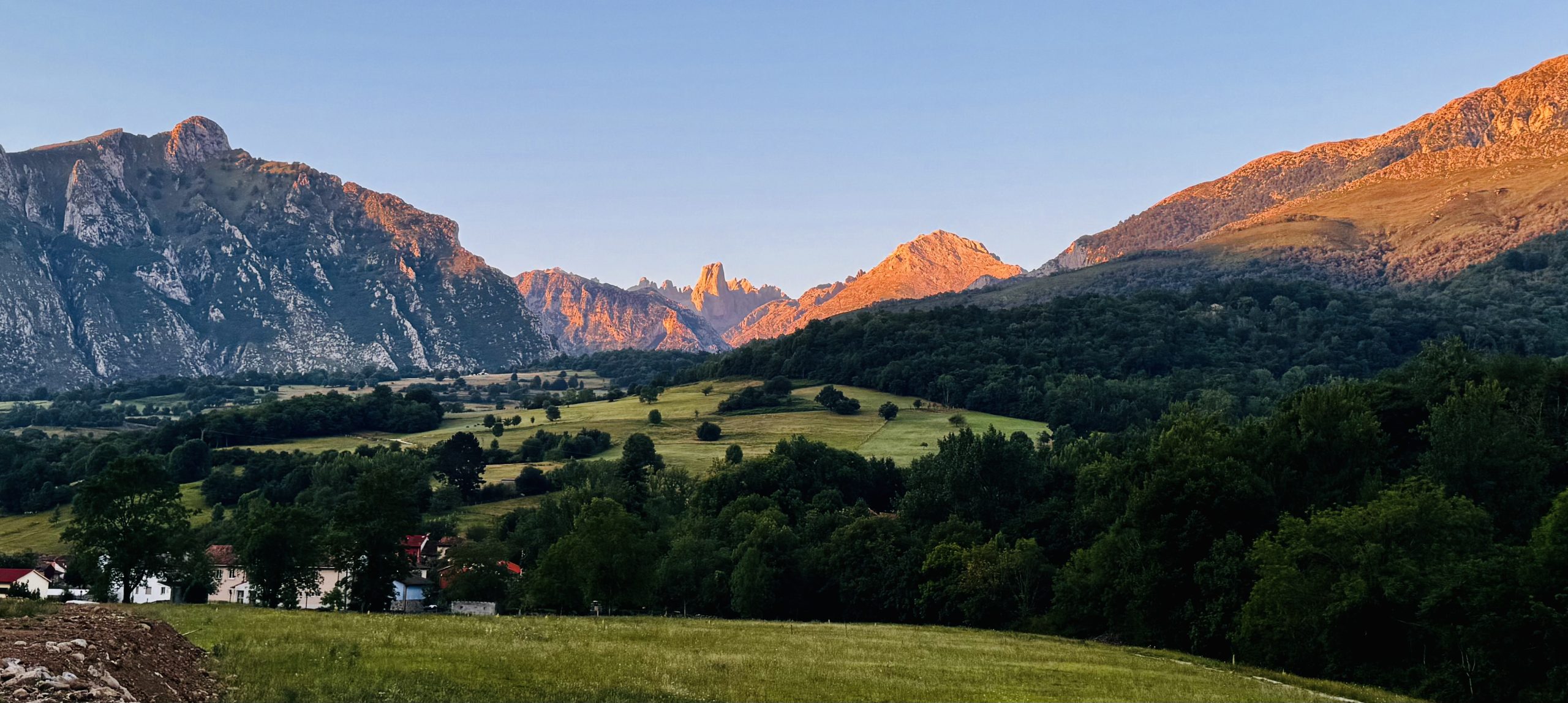Preface
 Are microbes ready for space, and are we ready for the new “them”? Let’s find out, one experiment at a time.
Are microbes ready for space, and are we ready for the new “them”? Let’s find out, one experiment at a time.
El futuro es espacio, (the future is space)
espacio color de tierra, (space the color of Earth)
color de nube, (color of a cloud)
color de agua, de aire, (color or water and air)
espacio negro para muchos sueños, (black space for many dreams)
espacio blanco para toda la nieve, (white space for the snow)
para toda la música. (for all the music)
Pablo Neruda, 1964
About the author
Hugo Castillo is an Associate Professor of Microbiology at Embry-Riddle Aeronautical University and leads the ERAU Space Microbiology Laboratory. After receiving a PhD degree in Ecology from the Pennsylvania State University in State College, PA, he expanded his research first into the microbial ecology of animal production systems and later on studying the transcriptional response of bacteria and cells to the chronic exposure to ionizing radiation. His current research focuses on how space-relevant environments reshape microbes and microbial communities. He investigates bacterial growth, gene regulation, and biofilm behavior under simulated microgravity, as well as microbe–plant–regolith simulant interactions, tracking rhizosphere microbial communities succession on space agriculture systems to study their impact on plant development.
